|
Part of the philosophy of forest school is connecting children to specific natural places. As children make memories and love the space, they will in time advocate for it or similar spaces. This week as I've been amazed by children who are concerned about the earth, this quote by David Sobel seems fitting: “If we want children to flourish, to become truly empowered, then let us allow them to love the earth before we ask them to save it.” The Naturehood group went on a scavenger hunt this past week. In talking about safety, I briefly mentioned that they were welcome to pick up garbage, but to always ask a leader to pick up glass. The children ended up filling two grocery bags full of garbage! Picking up garbage and leaving the area looking cleaner seemed to be a natural part of what these children wanted to do as they interacted with nature. After our scavenger hunt, we talked about what the City of Kitchener was doing to let nature be nature. Responses included: leaving trees standing instead of building houses, and leaving natural spaces so animals have homes. We discussed what the community was doing that wasn't taking care of nature. That was an easy answer: “so much garbage” - which the children had been keen to clean up. In our Foxes group, a few children noticed garbage in the swamp, including chicken wire and electrical wires. They were very concerned about the animals that live there. We talked about what we could do about it and decided to write a letter to “the guy in charge of the park.” A couple of times on our walk, children reminded me, “We can't forget to write that letter.” In composing a letter to “the guy in charge of the park” the children dictated while I wrote. There was some discussion about whether he will need a net to reach the garbage since it wasn't close to the edge of the swamp. However, as it looks deep, we decided fisherman's pants may be a better choice. Children seek out empowering experiences to impact the earth in positive ways. Concern and love for a place and creatures can lead to action.
Small people, playing in nature, concerned about the earth, and trying to make a difference. “Never doubt that a small group of thoughtful, committed citizens can change the world; indeed, it is the only thing that ever has.” ~ Margaret Mead by Giselle Carter
0 Comments
The Polliwogs group started with the usual excitement as we played a game about birds eating bugs. We headed out on a walk, stopping for snack and a story. The children had lots to add to the conversation, and I’m always amazed at their knowledge! After our usual beginning to the morning, the exploration and play took off! Our little explorers found secret rooms under the pine trees, as well as secret doors and secret pathways. The excitement was contagious! Where does this secret trail lead to? They found trees to climb, monkey bar branches to swing on, and lots of dead branches. The children played school, survival and house, their imaginations in full swing. Discoveries abounded! A dead frog, piles of snail shells, and hills to run down. The most fabulous thing about the Polliwogs today was that they didn’t need any toys: they were completely engaged in playing in and with nature - the branches, trees, pine needles, snail shells, leaves, rocks and hills were their toys. Their joyous, spontaneous play reminded me of the characteristics that distinguish play from other activities (taken from Peter Gray and from Kenneth Rubin).
4. Play allows children to leave reality, with its time and space constraints and soar with their imaginations. Some children played school - complete with cubbies for the backpacks! Coming up with explanations also involves imagination and creative thinking. What happened to the frog? Why were there so many empty snail shells? Children had to think about different realities of creatures in order to come up with theories. 5. Play is fun! The joy seen on faces and heard in children’s voices was contagious. There was joy in running down a hill or being “up high” in a tree. There is excitement in collecting rocks or shells. There is peace in resting on the forest floor. It is a pleasure to join these children in their playful approach to life and to nature.
by Giselle Carter Our Tuesday afternoon Foxes group reminded me of one of the key aspects of both forest school and childhood with their adventurous spirit. It was a refreshing start to our weeks together and a great reminder to me of the importance of what we do. We had barely started on our walk when some of the children climbed up a small hill and started rolling down! This quickly caught on with the whole group, and brought joy to all of us! This simple event reminded me of the joy of childhood - the ability to seize the moment, to have the time to notice your surroundings and engage with them. These children have the freedom to get dirty. It reminded me to live in the moment, and of the simple joys and pleasures there are all around us. Their spontaneous play embodied many principles of the forest school experience. Along with modern preschool pedagogy, forest schools believe in the importance of child led play and allowing children to follow their interests and express themselves. We freely allowed the children to modify our plan and lead us to what they are interested in - climbing hills and rolling down. The joy they found in simple physical activity reminds us of the importance of giving children freedom to explore and take risks. There is a risk in rolling down the hill with your 10 forest school friends - and two children experienced this as they bumped into each other on the way down. However, this was only a small pause in the excitement in the air. Lastly, we strive to facilitate learning how to play in and with nature (without toys!). Materials required for this joyous event? A small hill is needed - even if there are sumac bushes to climb around and small plants in the way - some friends, and an sense of adventure! What a great start to our spring Foxes program! We have a group of explorers who seize opportunities with joy. They know how to play in and with nature. They have the freedom to influence our plans and activities. I'm looking forward to all the other adventures we will have together!
written by Giselle Carter It began with a question: how do you do emergent curriculum in a forest school setting with school aged children? Our programs serve children ages 3-12, but we take basically the same approach, no matter the age group. We often start the season with a topic or idea that the facilitator finds interesting. Then during play, hikes, downtime, flow time, we as facilitators observe. We listen, we watch, we act as funnels. We are open to what the group needs - what the individuals need. We take it all in, and we let it percolate. We mine for questions. I believe that listening is one of our biggest tasks as forest school facilitators. The display in the photo below is a representation of the "emergent curriculum" in our last week of winter forest school (last week). How did all of this come about? The poem of a meadow vole, at the bottom of the picture, emerged from a week when we were looking for golden rod galls on a meadow hill, and instead found about 10 meadow voles, scurrying to escape through half-melted snow tunnels. The kids squealed, we imagined we were foxes, and we gently caught one! It was amazing to see the little vole, who they compared to a hamster and said was "SOOOOOOOOO cute!!!" This was an experience that none of us - including the facilitators - had ever had before - an unforgettable experience of connecting to creatures most of the children had never even heard of before. This launched a study into meadow voles - what they eat, what eats them, how they survive and breed and eat all year long and how they're known as the "hamburgers of the prairies" because of the many predators that rely on them for food. They eat their own body weight in food each day! They make amazing tunnels in the snow! Their females can have up to 80 or so babies in one year if they stay hidden from predators! Amazing little creatures. Also cute. We used the meadow vole and fox puppets, handmade by a wonderful East Coast woman who happens to be mom of one of our facilitators, to sing songs about meadow voles and foxes, and tell stories too. This group loves to make up their own stories, with a tarp or shower curtain strung up in the forest to serve as their puppet theatre. The skunk drawing on a tree cookie was for two groups who smelled a skunk - and saw skunk tracks - by a coyote den. This led to lots of wondering about skunks, and learning about their great horned owl predator who can't smell worth anything, and learning about their February nighttime forages for love - mating season. They can cover up to 8 km in one night, just looking for a mate! We used this tree cookie in a storytelling circle to create a story together about Sketchy the Skunk. It was silly, and of course, involved some stinky parts. It also included some information about prey/predator relationships that we had learned about previous to the circle. All of our groups enjoyed tracking, and several times "big foot" was mentioned - sometimes when it was snowy and blizzardy, when one group member said "I think I see a yeti." One time during a sit spot when another member said, "I saw a yeti during my sit spot." Another time, our snowshoe marks looked a little like Big Foot's tracks. We dove deep into this imaginative side by putting large tracks in the snow, and following them to little red Big Foot Crossing signs. We read Larf by Ashley Spires, and The Gruffalo's Child by Julia Donaldson. As well, all of our groups enjoyed playing with snow + ice cream scoops + coloured water in spray bottles + small cups and bowls to make their own ice cream shops - a hot commodity in the cold weather. So as a treat, we made Homemade Ice Cream using snow and shake-shake-shaking it in ziploc bags, and eating it in small cups at the end of our time together. In the winter, we only need a little! (Although some would have loved more!) What is the role of the educator in this type of emergent curriculum process? There are several images that come to mind:
There are weeks when it feels a bit like the drawing above - where there are 12 different interests to pursue in a group of 12 children. That's where the funnel facilitator, who has collected the questions and interests and interactions, turns into a sieve. We distill, discern, and try to listen for direction that's rising to the top in this group. Like Carol Ann Wien writes, in her book Emergent curriculum in the primary classroom (2008), "as teachers we are co-learners with the children, investigating how they learn." (p. 79) I guarantee you that in one group, we could talk about dinosaurs each week because we have two avid dinosaur lovers. They know more than I will ever know about those creatures, and so they teach me! Sometimes those dinosaur themes are woven into our time through discussion around herbivores/carnivores, or about which creatures/plants have adapted and changed over many years, and which haven't, or in songs or stories, or in their imaginative play. In another group, dragons come up a lot. The dragons interact with hawks and eagles and chickadees, and sometimes build nests and sometimes destroy them. One week we made up a story of migrating dragons to get at both an interest in migration and local birds, and an interest in dragons. Weaving various strands together to co-create engaging experiences. In Wien's words, we can "enter a new relationship with children, based on reciprocity." (p. 108). Part of the fun and challenge of this type of educating means being open, flexible, and willing to learn from each other - adults and children alike. It's about developing relationships and trusting each other - then hopping on for the ride! We throw ingredients into the pot of our outdoor classroom, and wait and watch the alchemy that happens. In our facilitation role, we document through photos, videos, scrawls in our notebooks, and thoughts we gather and record as co-leaders at the end of every session. We record observations each week that lead to our curriculum development for the following week(s). We plan with intention to the details of our group. We see the curriculum that unfolds, but in a sort of backwards way - we don't make a plan for the season. We see where the season leads. What does it look like, practically, in terms of topics that are explored? Below is a chart that shows 5 different groups in one of our fall sessions (10 weeks). You can see the multiplicity of directions - that even on the same land, and with similar facilitators, many paths emerge. For me, this is the exciting thing about emergent curriculum - it continues to surprise and unfold, and is never ever dull. We are open to see the small miracles around us. Looking for light/learning/growth, and nudging each other forward and together.
We are often asked by parents or teachers "where did you get THAT wonderful thing?" This blog posts seeks to answer those questions with links to the places where we gather our favourite tools and supplies. Enjoy! (I am singing "raindrops on roses, and whiskers on kittens... brown paper packages tied up with strings... these are a few of our favourite things" right now... :) Aquatic nets Source: Spectrum Nasco Educational Supplies Product #SB43412M We love these nets! They are hardy and sturdy and pick up lots of bugs and creatures from the pond and creek. Much better than dollar store ones, and they don't break the bank either. Binoculars Source: Spectrum Nasco Educational Supplies Product #730265 These binoculars are great for young ones ages 3-6. They are durable and don't easily break when they are dropped on the ground. There is even a little compass on top, which has led to interest and inquiry into direction and compass work in our groups. Butterfly Nets Source: Boreal Science Product #470007-572 These nets are great for the summer and fall, sweeping through the meadows and getting a net full of damselflies, dragonflies, leaf hoppers, and more. Kids can easily learn the sweeping technique, and they love to see the variety of bugs in their nets. As you can see from the photos, butterfly nets also pair well with clipboards, mentioned below! Bug Jars Source: Dollarama, recycling bins We use these a lot! The bigger version is the one from Dollarama, and kids like the magnified top that they can look through. The bigger one also fits small brown snakes and bigger insects like praying mantids for a more close-up, careful, short look. :) Clipboards Source: dollar stores Many children love to make graphs or keep track of data or draw using a clipboard. We have found mini ones as well as bigger ones at various dollar stores. They make writing and drawing in the forest much easier! Compasses Source: Boreal Science Product #470163-772 Several groups have taken a keen interest in orienteering and directions. These particular ones are easy to use and come with a string to allow kids to carry them around their necks without losing them. Drop Cloths Source: Canadian Tire, paint section This heavy canvas drop cloth is great for cutting into pieces and using in a variety of ways: to make flags or buntings, creatures for storytelling, and many other things! Gardening Tools Source: dollar stores, hardware stores This is making me excited for spring, just writing about this. Kids love to dig in the dirt, plant things, and watch them grow. Gardening gloves ($ stores), trowels ($ stores, hardware stores), and watering cans ($ store, hardware) are essential tools to help them plant a garden. Ah... spring... ID Sheets Source:University of Guelph Arboretum (scroll down to find "Biodiversity Identification Sheets") I can't say enough good things about these. We use them ALL THE TIME. They are laminated, so can withstand a lot of weather and handling. Plus I can take them home and eat my meals on them like placemats! All the while learning naturalist info! The photos are gorgeous, and the types of flora and fauna are relevant to this place (Kitchener Waterloo) because the ID Sheets were created in Guelph, Ontario. I highly recommend getting a set of these! Plus the expander sheets too! You won't regret it! Journals Source: various sources Nature journals have been a big part of our programs. Children use them during their quiet sit spot times, and also for recording information or questions about what they are seeing around them. We have made journals with recycled paper and cardboard and fabric, and we have bought them from dollar stores or office supply stores too. I don't think it matters as much what they look like, but some children prefer blank pages rather than lined. (I do too!) Kitchen Tools Source: thrift stores, dollar stores A portable mud kitchen is easy to stock - with a variety of tools (wooden spoons, flipper, spatula, tongs, etc.) and baking tins (metal bowls, pitchers, muffin tins, bread pans, etc.). I like to use metal things that are durable and withstand a lot of forest use. We've enjoyed using a mortar and pestle in our forest baking too - available at dollar stores. A SUPER book to use in your forest mud kitchen is Mud Pies and Other Recipes by Marjorie Winslow. It is delightful and inspiring! Magnifying Glasses Source: dollar stores Easy to find, easy to use. They help children to pause and pay attention. It's not the quality of the glass that matters, but the training of the eye to look carefully at small things in nature. Mats Source: Dollarama, Canadian Tire We use these mats almost every day in the forest. It often helps to have a layer between our bums and the wet forest floor, and comfort is key when we spend a long time outdoors! Dollarama sells these blue rubber mats in bigger sheets which I cut in half to make a size that is big enough for small bums. Canadian Tire sells this type of material in a big grey roll, so we cut it in square shapes for more ground coverage (bigger bums or just more space on the mat). Pulleys Source: Hardware stores I sourced our pulleys at Home Depot and Canadian Tire, but I'm sure you could find them at any hardware store. Pulleys have revolutionized our play. No joke! They experiment with pulleys and ropes and buckets (we buy cheap metal buckets at the dollar store), making mail delivery systems, ziplines for squirrels, and more. Pulleys are usually a cooperative tool, and it's been wonderful to see the teamwork and ideas that have come from adding this piece of technology to their play. Ropes Source: hardware stores, Mountain Equipment Coop Ropes are such an imaginative and useful tool and toy. Sooooo much comes out of rope play! We have worked on knot-tying, and have built swings and pulley lines, dragged log, made artwork with stick frames, had a limbo contest, and tied up tarps for tents. Introducing ropes as a tool helps children with fine motor skills like tying knots, and visual-spatial skills when designing rope frames for tent/tarp structures. There is a lot of planning and thinking involved when ropes come out to play! Most of our ropes have come from Canadian Tire, but we have also invested in a couple of good climbing ropes from Mountain Equipment Coop. Slack line Source: Spectrum Nasco Supplies Product #PE08635E This is by no means a "must-have" item - it's been more of a luxury item. But it's been fun to bring out for groups that are working on balance. They take the skills of balancing on the slack line and apply them to big logs in the forest, watching their footwork, using their hands and arms for balance, watching and looking for the next best step in front of them. It's a great "challenge by choice" activity - to see how far children can go along the line, and then see if they can go further the next time. Stuffed Animals Source: thrift stores I am constantly amazed when I look at stuffed animals in thrift stores. The majority of them are animals we would call "exotic" - not native to Canada. So over the years, I have kept my eye out at thrift stores for stuffed animals that are indigenous to our landscape. We use these animals mostly for storytelling, sometimes for shelter and nest building, and sometimes for snuggling to keep warm on a cold day! Talking Stick Source: handmade This is another tool that we use almost every day! In general, we use a talking stick or talking stone at our closing circle time together. This special stick/stone is passed around the circle, giving each person the chance to share about something that was meaningful to him/her while the rest of the group listens. It's a great time to hear about the interests and questions that children have, and this sharing time often helps us plan provocations and lines of inquiry for the following week. Tarps Source: hardware stores Tarps pair well with ropes for shelter building. We also use them as a big mat for doing larger art projects, and for covering up backpacks in the rain, and for playing games. So many uses! Tea Cups
Source: Green Toys Tea Set, Enamel Look Stoneware This might seem like a funny thing to have on a supply list, but we use these quite often! Setting out a tray of tea is a warm and welcoming way to gather the group for our closing circle time. At the end of our seasonal forest school programs, we like to provide a tea party where we share some simple snacks and warm tea (usually mint, but we have made hemlock tea too). The tea warms our hands and bodies, and the sharing warms our hearts, making for an all-round cozy way to end our time together! There are so many ways that we learn in the forest. Our Monday Salamanders have been learning in multiple ways this spring. Here are just a few! We learn through inquiry. Asking a question, bringing in a mystery bone, noticing small details around us. We learn by playing together and moving our bodies. Hiding and sneaking games are our favourites. We also love to climb and some even like to cartwheel! We learn through writing and drawing and journalling, documenting what we see and hear and feel. We learn by touching and observing what's around us. We learn by being quiet and listening. We learn through books and reading together and storytelling. We learn by exploring pathways, new and old.
The Monday AM Polliwogs were interested in birds and their nests, so one day we dove deep into nest building. How do birds build their nests? Could we find any nests at Huron Natural Area that we could examine? What materials do they use? What parts of their bodies do they use to build? How long does it take them? Hmmm.... We set off on a hike to explore and look for building materials. Look what we found!!! A nest! We wonder which bird build it. We stopped for a snack, then kept on collecting materials for our nests. We studied our bird identification mats. We collected dry grasses, some green grasses, soft seeds, and mud. Then it was time to build! Here we go... we're imagining we are little birds! Then we placed our new nests into some trees around the play area and in the meadow. Maybe some birds will use them! We even fooled some adults who thought they had been built by birds!
Our Thursday Salamander group has had some rainy day adventures. Almost every Thursday this spring, we have had rain in the forecast! Sometimes it amounts to something, and sometimes it doesn't. Yesterday it did! We started our rainy day with a hike to Sunfish Pond, where we watched a Caspian tern bird circle around the pond several times, looking for a fish to capture. We wondered if the raindrops on the pond make it harder for terns to see their prey under the water. We passed a tree that was half wet, and half dry. Why is it like that?? Our adventurous Salamanders were keen to try crossing the creek to Coyote Corners - a slippery venture on a rainy day! We sized up our different options for where to cross, discussed it a bit, and then helped each other across. Without any soakers!!! Once we got to Coyote Corners, we had a snack and listened to stories. We begged for more! We sang some fun songs too. It was a fun, quiet time under the tarp shelter - hunkering down as we listened to raindrops falling above us. Then we had some free time, and most of us wanted to do embroidery on burlap. One of us spent time with 2 snail friends that had been collected on our walk, and we heard a play by play of everything the snails were doing. Another continued a weaving project started the week before. And the rain stopped! Some wanted to just stay under the tarp to keep crafting, but others ventured out. We got so involved in our activities, that we were so surprised to learn that it was time to clean up and head back. Several begged for more time... could we please stay out longer today?!? What a great question on a rainy day!
We gathered our things, and took the short way back. What a fun time in the rain! Our after school Coyotes group is an adventurous one. They're always up for something new: a trail, a meandering creek, a new pond to explore.
Over the last four weeks, we have visited several areas of the park. We've explored the big pond (Board of Ed pond), Sunfish Pond, and have examined creatures in the Strasburg Creek. We have walked to high, sandy places, through sumac forests, along pond-shores, and through woodland trails. We have balanced on logs, traversed flowing creeks, gotten our feet wet and muddy, and discovered "new" creatures. We have been wet and cold and dirty and hot and happy. We play hard! We are active, enthusiastic, and adventurous. We also love to share the nature knowledge that we have learned. We have made new friends! Here's a peek into our time together so far: This is our first season hosting a daytime Owls group that spans the ages of 9-12. And it's been fun to experience the natural world with these wise ones! There are many varied interests in the group: turtles, recycling, birds, salamanders, knot-tying, owls... the list goes on and on. These children are concerned about nature being cared for and kept clean. They are passionate about the future, and dream about the kind of world they'd like to see: one where people get along and everyone has enough. They like to play games, build together, work in their journals, sit quietly in the woods during "sit spot" time, go for long exploration hikes, and ask questions. They pick up garbage that they find along our journeys, making the park cleaner for others to enjoy. They notice creatures. Some of the ones on our list so far this spring: great blue heron, caspian tern, osprey, hawk, mallard ducks, damselfly nymphs, dragonfly nymphs, bees, salamanders, tadpoles, cabbage white butterflies, painted turtles, and more... Each week, they bring curiosity and questions and stories and laughter. Here's a glimpse into some of our weeks so far this spring: And here's a blessing to end this post - one that we've used with our Owls during our closing circle time:
"May the sunshine always be May the air we breathe be clean May the grass and trees for us, Be forever green, And may we find peace everywhere And bring it everywhere we go." |
Read on...Hammers, Huge Swings, and the Freedom to Play Archives
April 2020
|
We are honoured to walk, learn, and play on the traditional territories of the Haudenosaunee, Anishinaabeg, and Chonnonton Nations, treaty lands of the Haudenosaunee. Grateful for the ongoing care, stewardship, and teachings from Indigenous Peoples that help us walk gently on this earth. We are committed to the ongoing process of decolonization through partnering with local Indigenous educators in our facilitation, learning about the past and about good ways to move forward together, respecting the land as our First Teacher.

Join our email update list
© Nature Connect 2024
© Nature Connect 2024




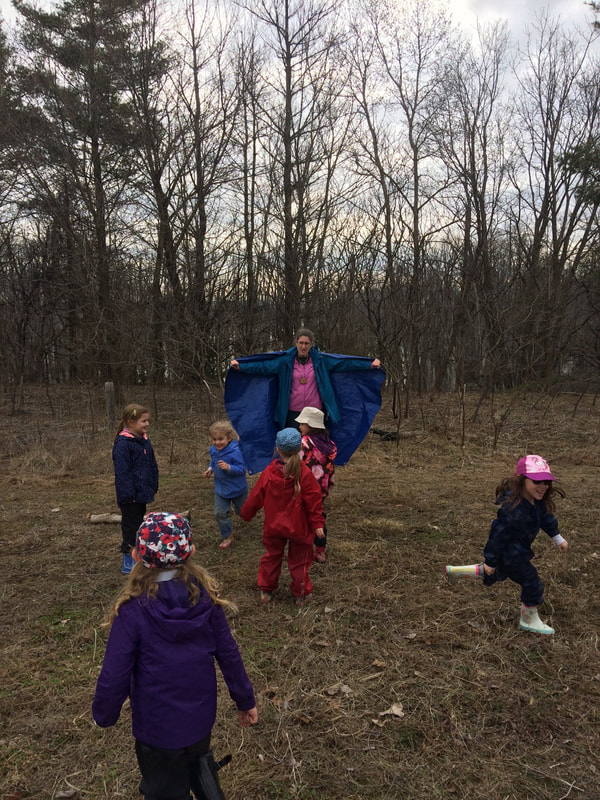




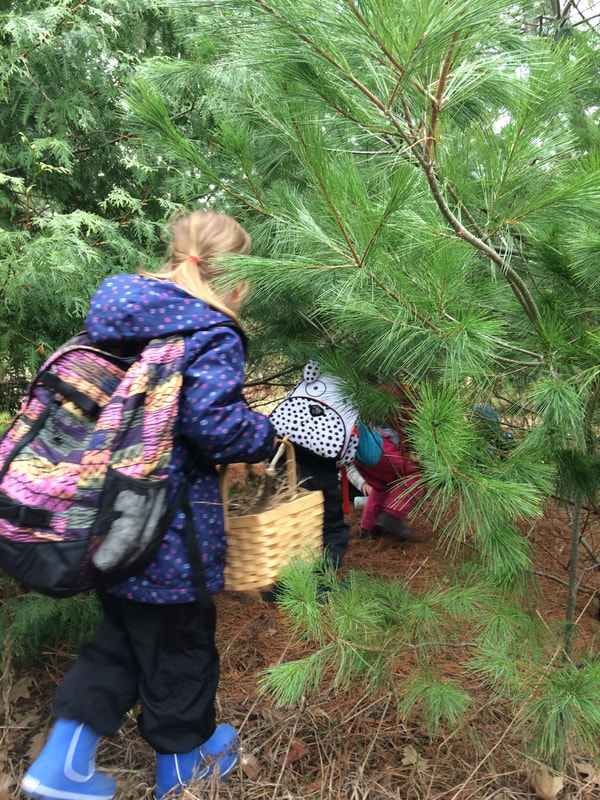


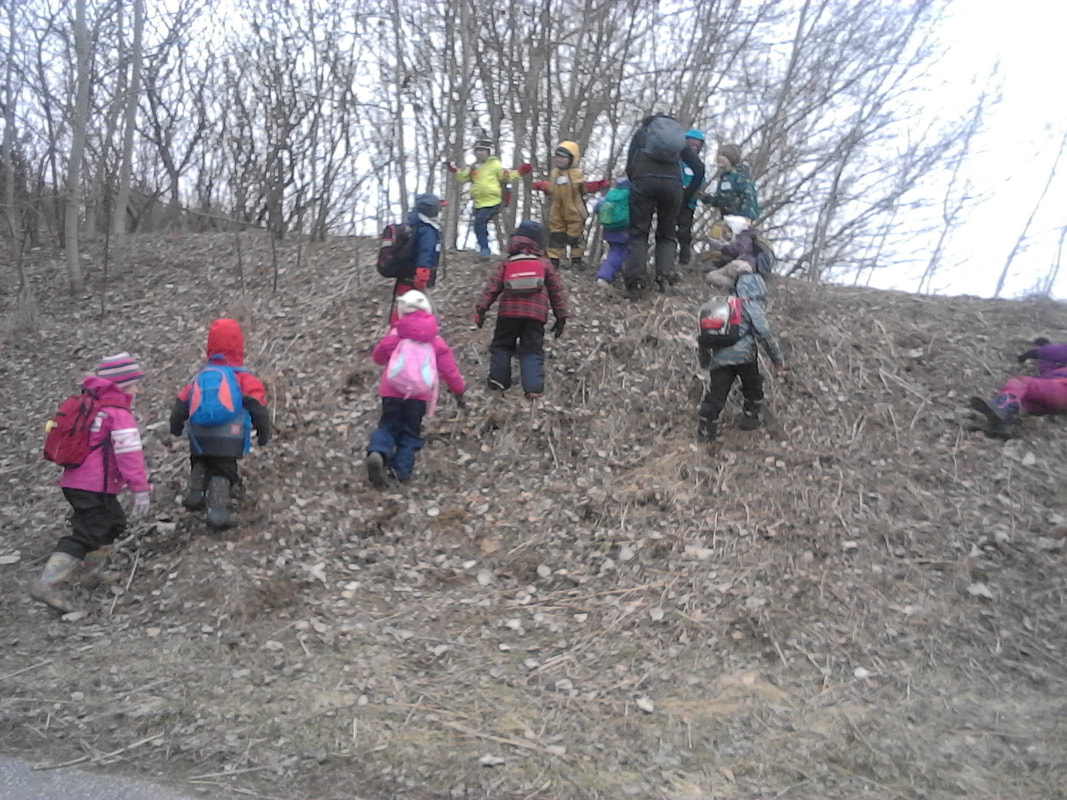







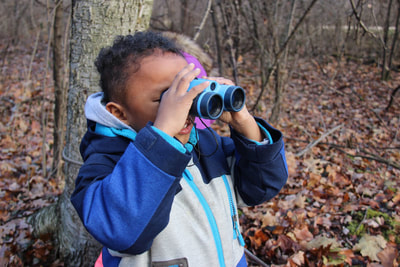


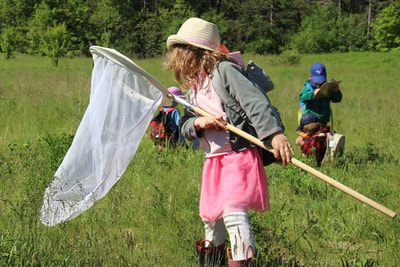






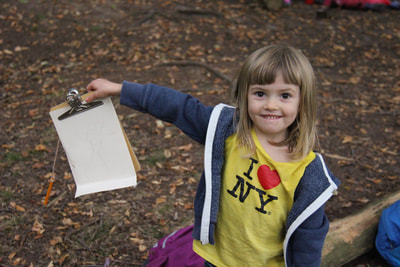


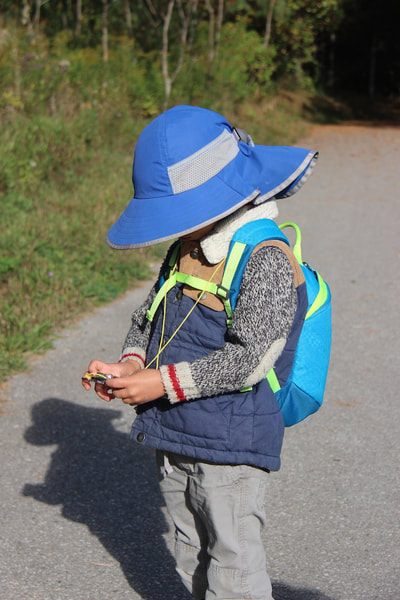




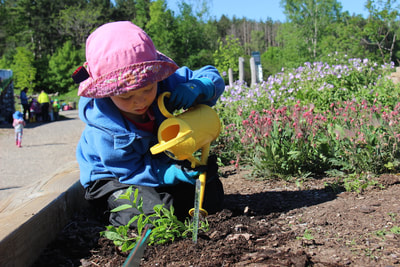




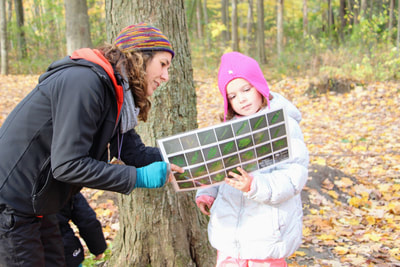


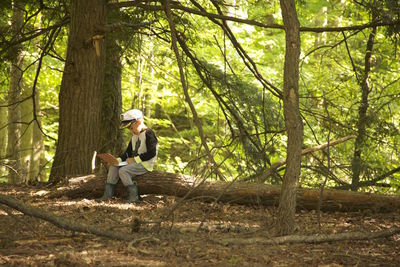



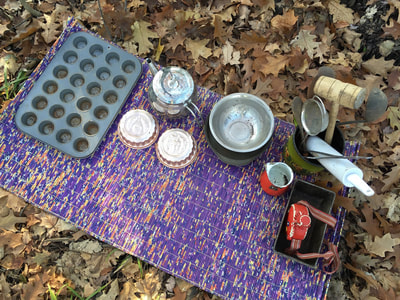



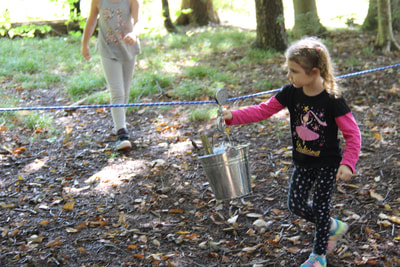



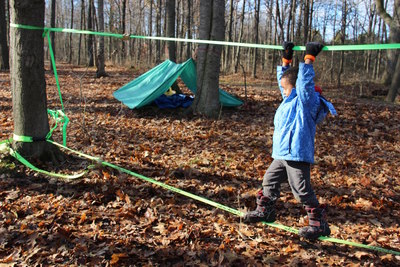






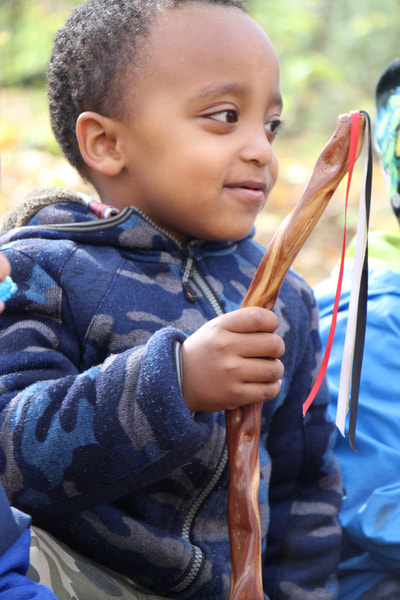


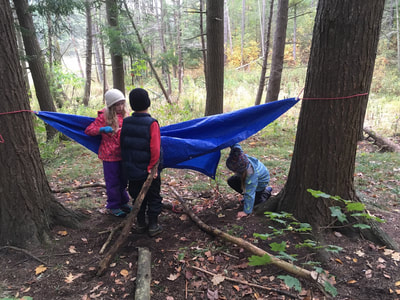
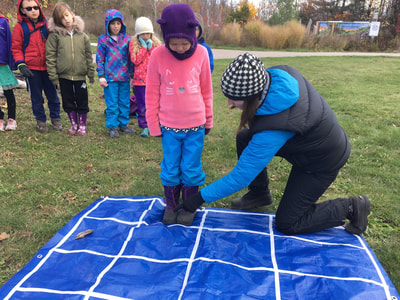


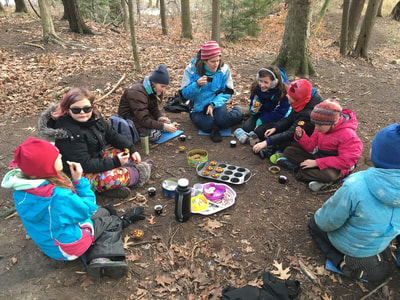


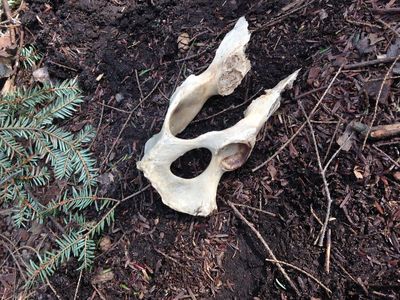





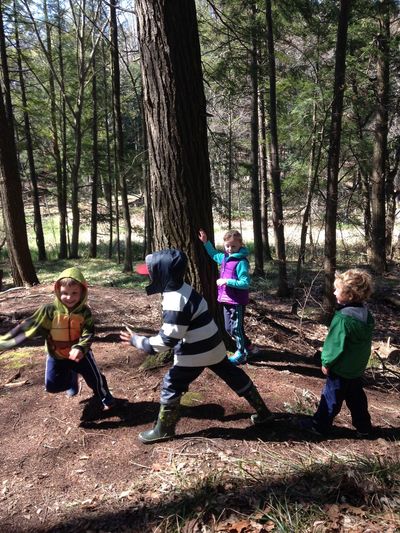





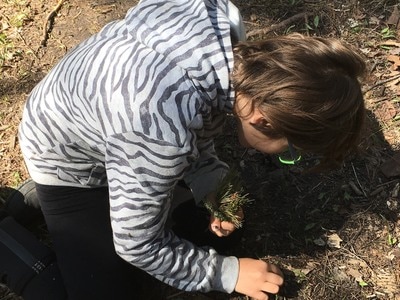
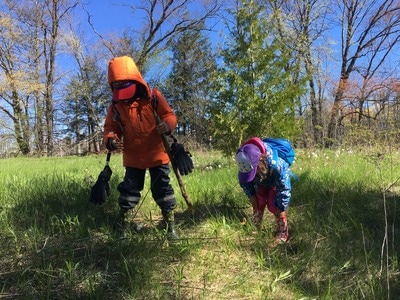




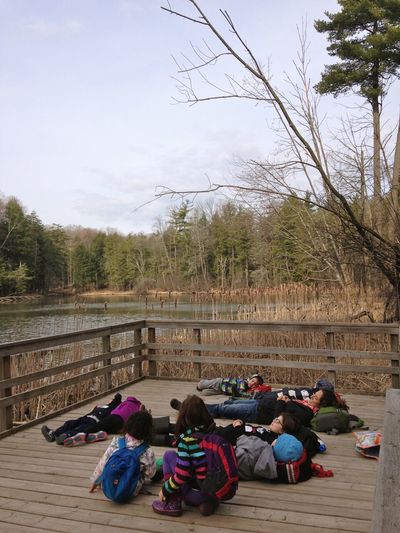
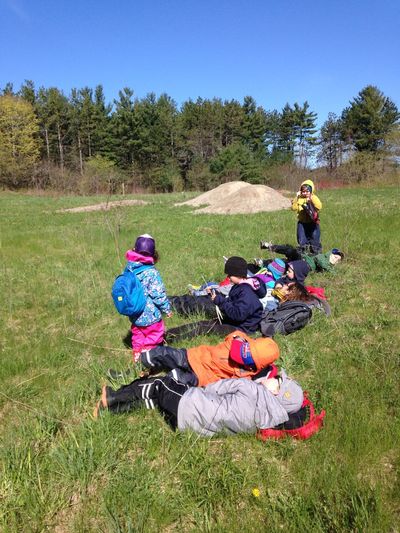




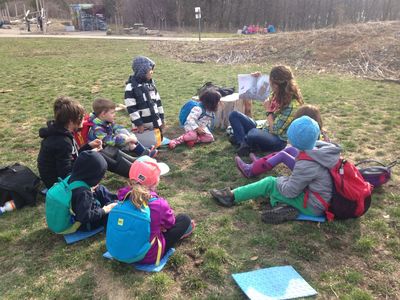




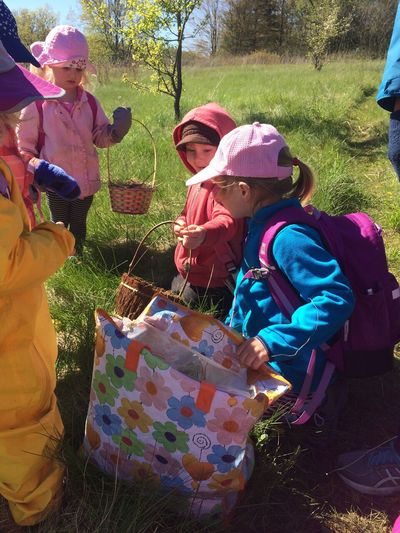

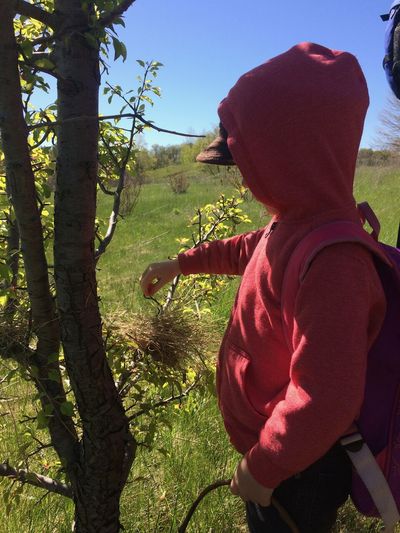
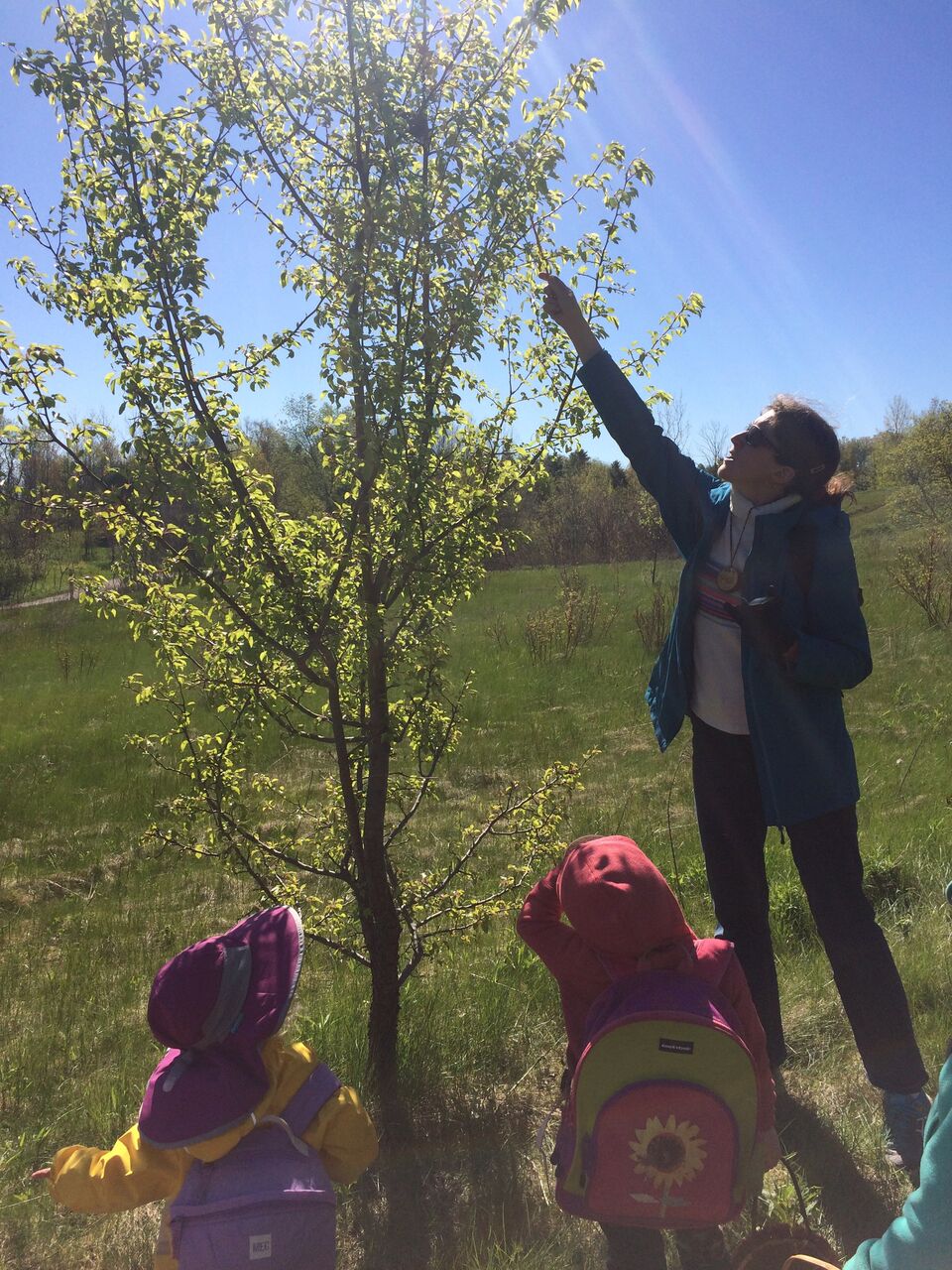

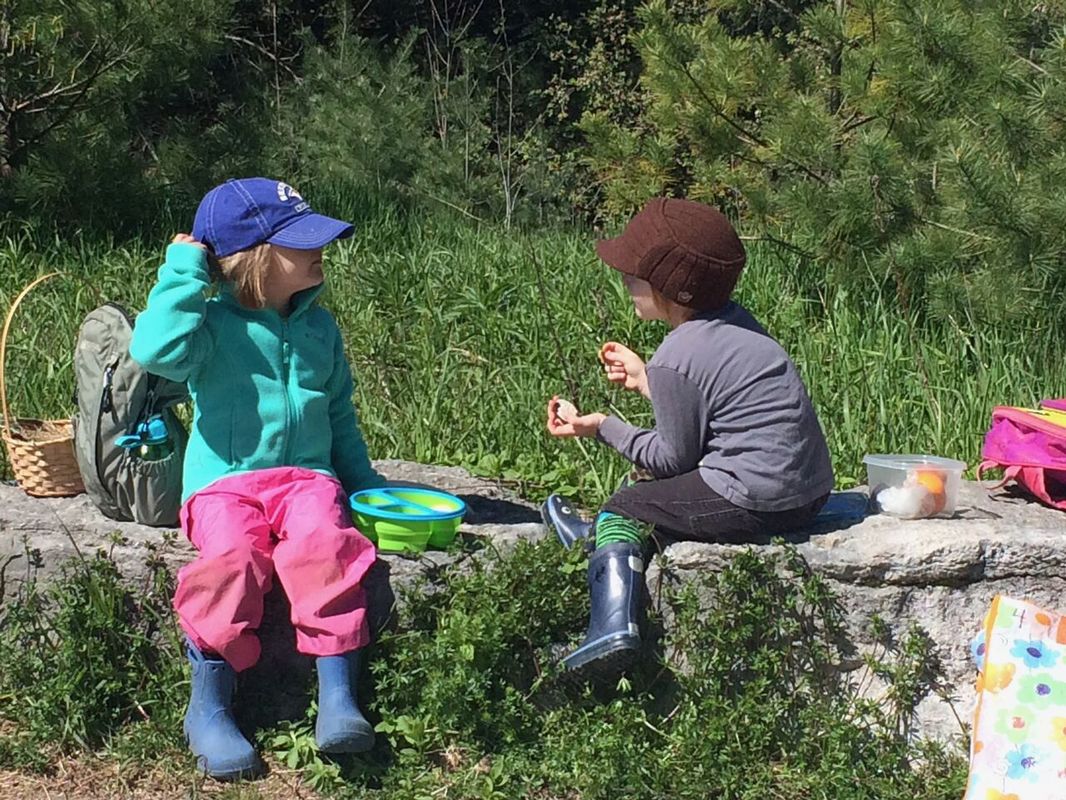



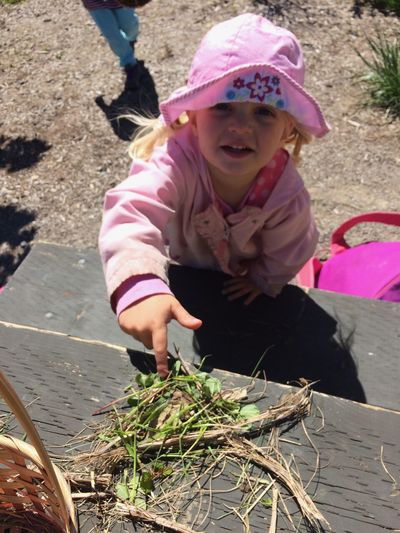




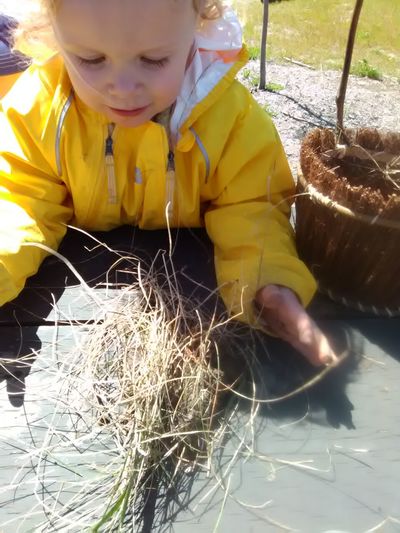







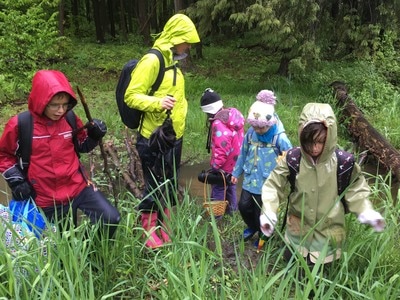





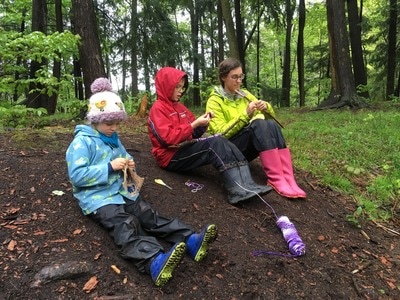

















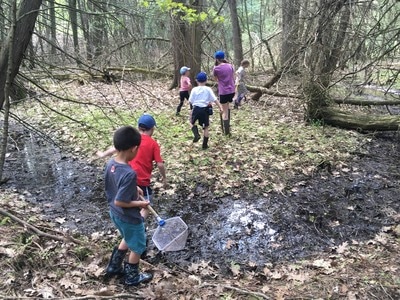






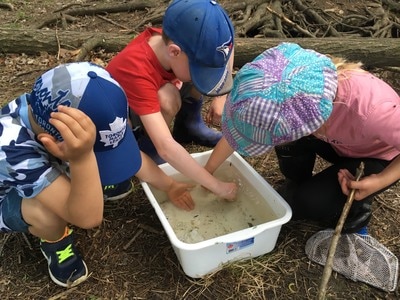


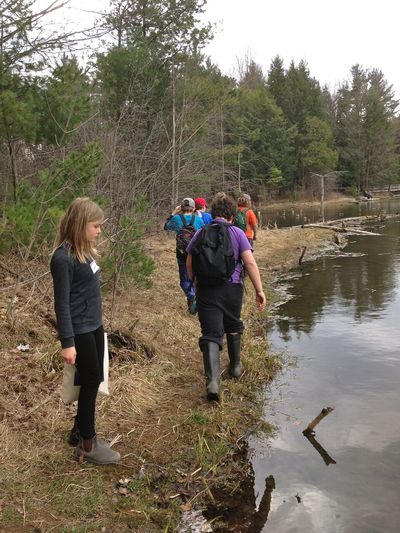


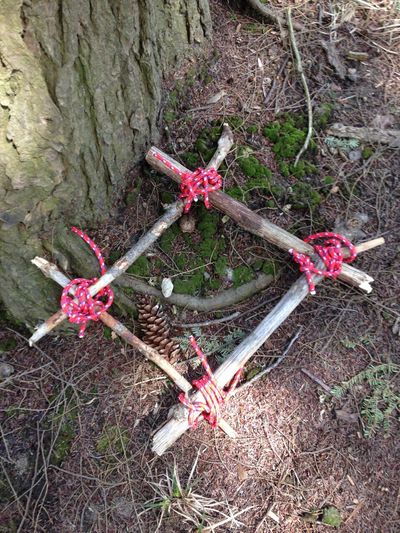

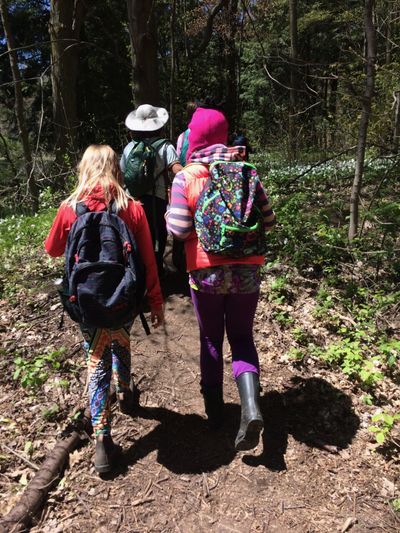

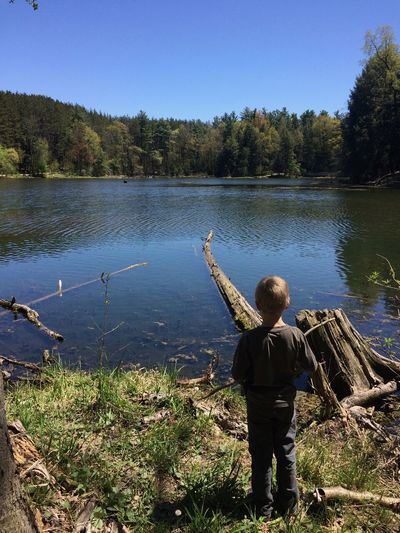

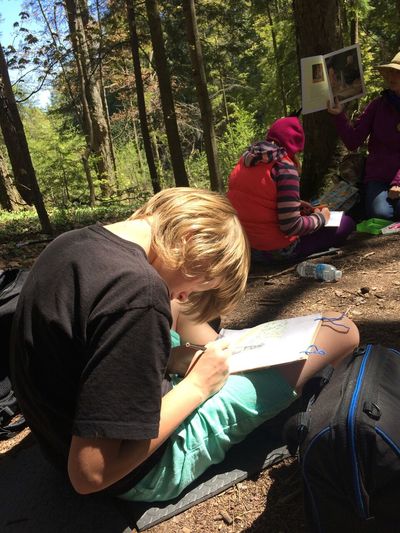
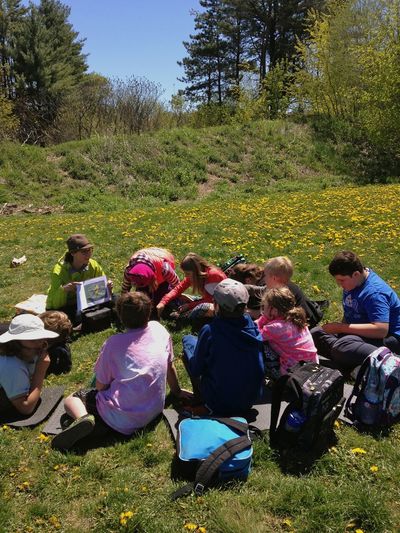


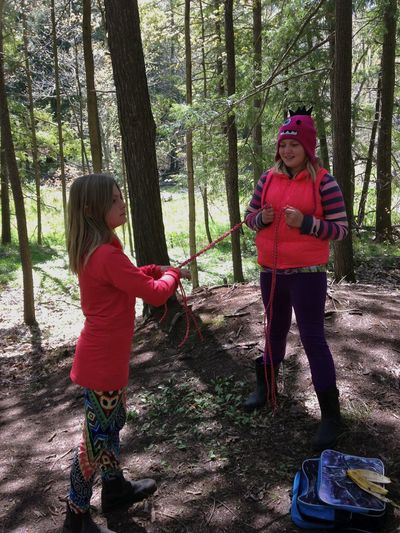


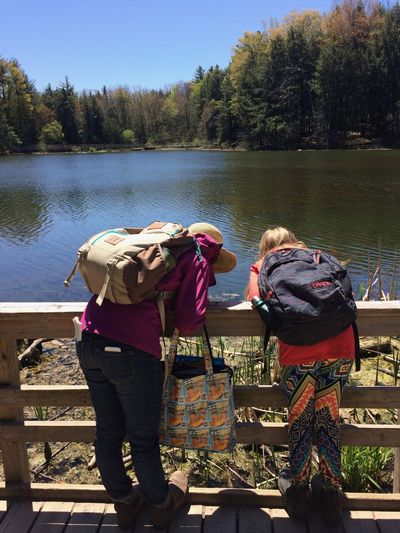



 RSS Feed
RSS Feed